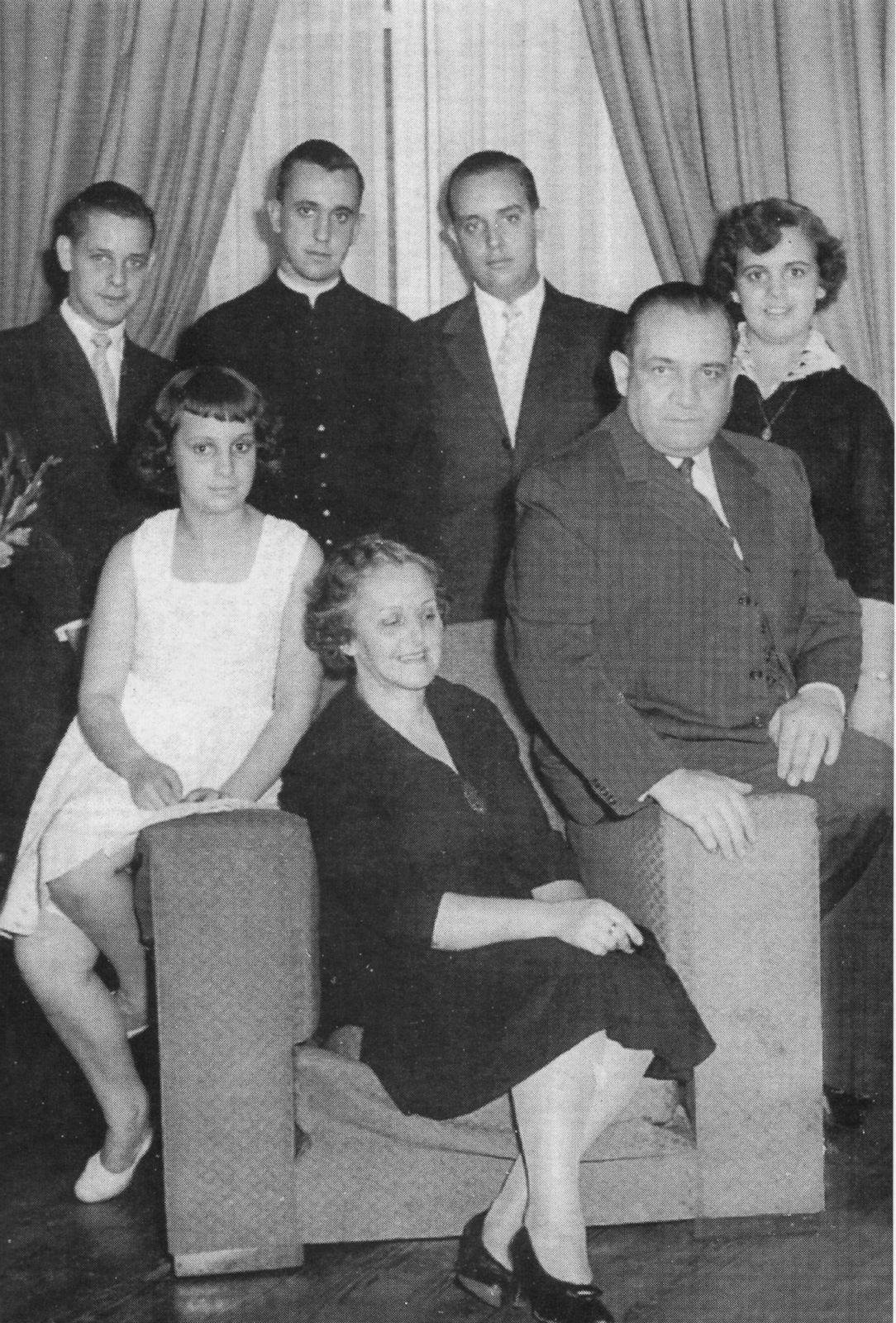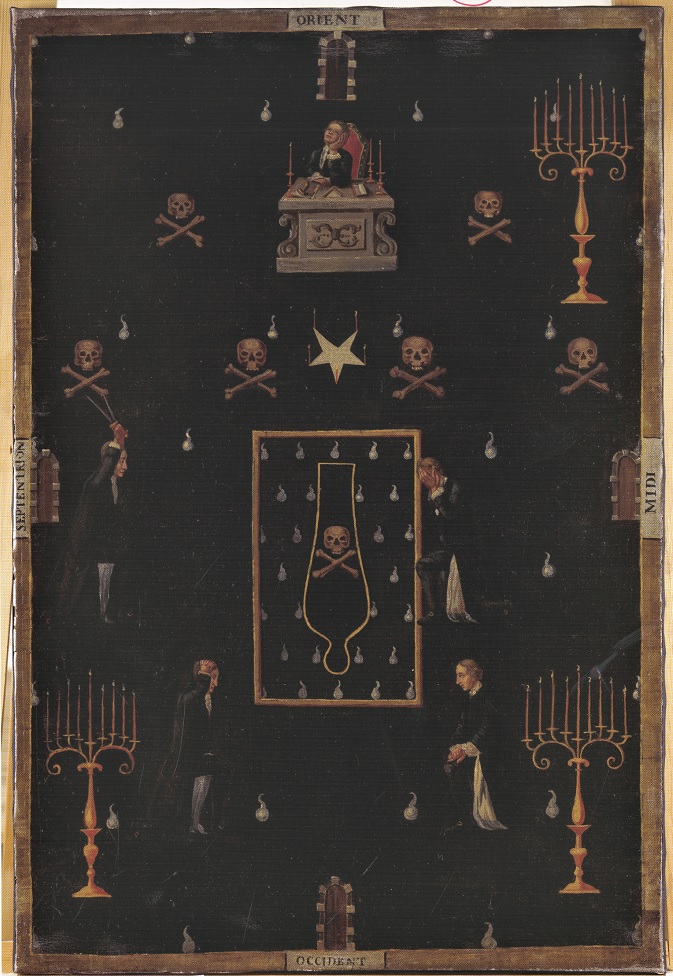Is the centuries-old friction between the Catholic Church and Freemasonry about to escalate once more? Recent pronouncements from the Vatican, echoing historical condemnations, suggest that the chasm between these two powerful institutions remains as wide as ever, reigniting a debate that has shaped religious and political landscapes for generations.
The latest salvo in this ongoing struggle comes from the Dicastery for the Doctrine of the Faith, the Vatican’s doctrinal watchdog, which has reiterated its stance: Catholics are forbidden from joining Masonic lodges. This reaffirmation, approved by Pope Francis himself, has sparked renewed interest in the complex relationship between the Church and Freemasonry, a relationship marked by suspicion, condemnation, and, at times, outright hostility. The roots of this conflict extend deep into the past, entangled with questions of power, ideology, and the very nature of faith.
The issue is not new. The Inquisition, in 1736, launched an investigation into a Masonic lodge in Florence, Italy. This lodge, established in 1733 by Charles Sackville, the 2nd Duke of Dorset, a prominent English Freemason, had begun to accept Italian members, including its secretary, Tommaso Crudeli. The Inquisition’s subsequent condemnation of the lodge served as an early indication of the Church’s growing concerns about Freemasonry, a movement that was rapidly gaining adherents across Europe.
The echoes of this historical discord still resonate today. The Vatican's recent statements are not isolated incidents. They form part of a long line of declarations that reflect a consistent distrust of Masonic principles and practices. The core of the disagreement revolves around the perceived incompatibility between Catholic doctrine and Masonic tenets. The Church views Freemasonry as a threat to its authority and teachings, particularly in areas such as religious pluralism, the concept of a supreme being, and the secrecy surrounding Masonic rituals.
The Dicastery for the Doctrine of the Faith's recent document, prompted by a question from Bishop Julito Cortes of Dumaguete in the Philippines, clarified the Church's position, stating unequivocally that Catholics are not permitted to become Freemasons. The implications of this prohibition are significant, potentially affecting the religious lives of countless individuals around the world. The document's language leaves no room for ambiguity: Active membership in Freemasonry by a member of the faithful is forbidden, emphasizing the Church's unwavering stance.
The history of this fraught relationship is filled with dramatic moments. A satirical political cartoon from 1884, published in the American magazine Puck, vividly depicted Pope Leo XIII at war with Freemasonry, highlighting the intense conflict of the era. This image captures the zeitgeist of a time when the Church saw Freemasonry as a subversive force seeking to undermine its influence. Years later, the issue continues to be a focal point, with discussions surrounding its historical and contemporary implications.
While the Church's position is clear, the Freemasons themselves have their own perspectives. A Leading Freemason reportedly praised Pope Francis' efforts, revealing the various perspectives surrounding the matter. The Freemason holds that Pope Francis continued this great dismantling of the papacy rapidly and effectively, and that that his entire program was revealed in his initial greeting in St. Peter's.
The controversy also touches upon the question of papal authority. The Vatican's pronouncements on Freemasonry underscore the Pope's role as the ultimate arbiter of Catholic doctrine. The recent reaffirmation of the ban, approved by Pope Francis, demonstrates the Church's commitment to upholding its teachings and safeguarding the faith of its members. It also serves as a warning to Catholics, reminding them of the boundaries they must observe.
Another element that consistently surfaces in the discussion is the secrecy surrounding Freemasonry. Masonic lodges have historically maintained a degree of confidentiality regarding their rituals, symbols, and inner workings. This secrecy has fueled speculation and suspicion, leading to accusations of conspiracy and hidden agendas. The Church, with its emphasis on transparency and public accountability, has long viewed this secrecy with concern, seeing it as a potential threat to its own authority and the well-being of its members.
In the complex interplay between the two institutions, the actions of individual figures have often served to heighten tensions. One such example is the photograph taken in 2008 by Argentinian photojournalist Pablo Leguizamón, which features Jorge Mario Bergoglio, then Archbishop of Buenos Aires, later Pope Francis. The image shows Bergoglio riding the subway, dressed in black, and notably, with his right hand tucked inside his coat over his chest. Some interpreted this gesture as a possible Masonic sign, sparking speculation about his connections to Freemasonry. While such interpretations remain highly contested, they highlight the persistent fascination with the relationship between the Church and Freemasonry, and the way in which even the smallest details can be invested with significance.
The historical context of this tension is vital. The Church's condemnation of Freemasonry is not simply a modern phenomenon. It is rooted in the Enlightenment era, a period marked by intellectual ferment and challenges to traditional authority. Freemasonry, with its emphasis on reason, individual liberty, and tolerance, appealed to many who were critical of the Church's power and dogmatism. The Church, in turn, viewed Freemasonry as a threat to its influence and the traditional social order.
The annual Masonic feast, celebrated on September 20th, marking the anniversary of the breach of Rome's Porta Pia, which led to the fall of the Papal States, further illustrates the historical and political dimensions of this conflict. Such observances serve as reminders of the historical clashes between the Church and those who sought to limit its power. These events underscore the deep-seated issues at the heart of this conflict.
The situation appears very tense. The recent statements coming from the Vatican, signed by Pope Francis and Cardinal Victor Fernández, the Prefect of the Dicastery for the Doctrine of the Faith, are a clear attempt to reinforce the Church's long-standing position and to reaffirm the incompatibility between Catholicism and Freemasonry. These actions highlight the ongoing concerns that the Church has and its determination to maintain the clarity of its doctrine and its authority.
The future of this relationship remains uncertain. While the Church's position on Freemasonry is unlikely to change, the ways in which the conflict plays out may vary. The digital age has opened new avenues for discussion and debate, allowing different perspectives to be shared and debated. The ongoing dialogue between the Church and Freemasonry is a fascinating example of the interplay between faith, ideology, and power, and a reminder of the enduring importance of these institutions in the modern world.
While no definitive resolution is in sight, one thing is certain: the friction between these two influential groups is likely to endure, continuing to shape both religious and political landscapes for years to come.
| Aspect | Details |
|---|---|
| Topic | Relationship between the Catholic Church and Freemasonry |
| Key Figures Involved |
|
| Organizations |
|
| Key Events & Dates |
|
| Core Issue | Perceived incompatibility between Catholic doctrine and Masonic principles, especially concerning religious pluralism, the concept of a supreme being, and secrecy. |
| Church's Position | Catholics are forbidden from joining Freemasonry. |
| Masonic Perspective | Varied, but some Freemasons have expressed support for Pope Francis' actions. |
| Historical Context |
|
| Relevant Documents |
|



